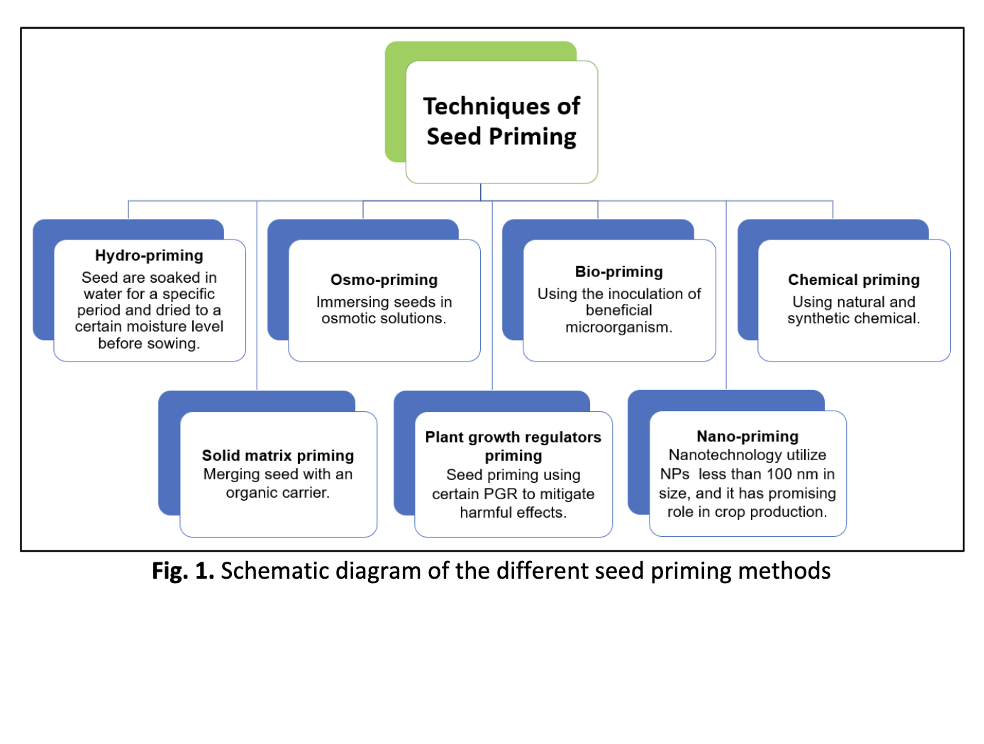Enhancing Agricultural Productivity Through Iron Oxide Nanoparticle Priming: Opportunities, Challenges, and Surface Modification Strategies
DOI:
https://doi.org/10.37934/armne.22.1.5667Keywords:
Iron oxide nanoparticles, seed priming, agglomeration, surface modificationAbstract
The global food crisis is exacerbated by various challenges, including agricultural restrictions and environmental stresses, necessitating innovative approaches to enhance crop development and productivity. One promising technique is seed priming with iron oxide nanoparticles (FeNPs), which has shown significant potential in improving seed germination, crop growth, and stress resistance. This mini-review explores the synthesis, application, and physiological impacts of FeNPs in agriculture, emphasizing their role in addressing iron deficiency in plants and promoting robust plant development under challenging environmental conditions. Despite their benefits, the practical use of FeNPs faces critical challenges, notably nanoparticle agglomeration in biological media, which can diminish their effectiveness and lead to phytotoxicity. This review highlights advanced surface modification strategies, including the use of biocompatible polymers like chitosan and silica encapsulation, to enhance the colloidal stability, reduce agglomeration, and ensure the safe delivery of FeNPs. It discusses the mechanisms by which these modifications improve nanoparticle dispersion and interaction with plant systems, thereby optimizing their agronomic benefits. The review concludes with insights into the future directions of nanoparticle use in seed priming, particularly focusing on the implications of nanoparticle physicochemical properties on their agronomic efficacy and environmental safety.









